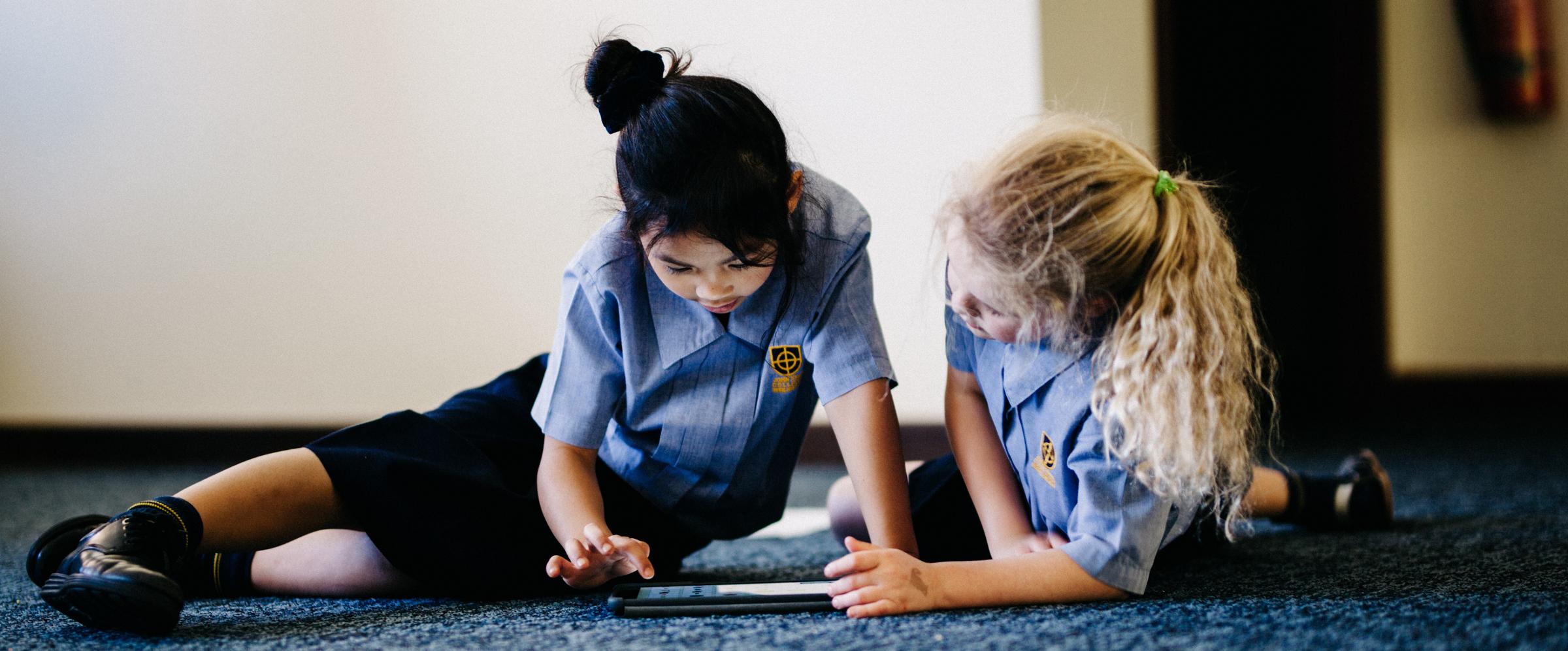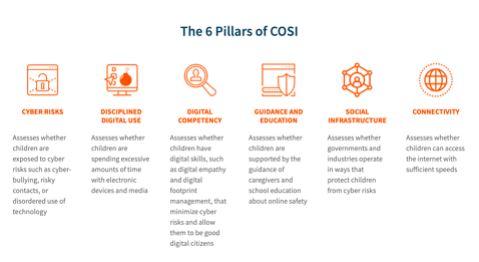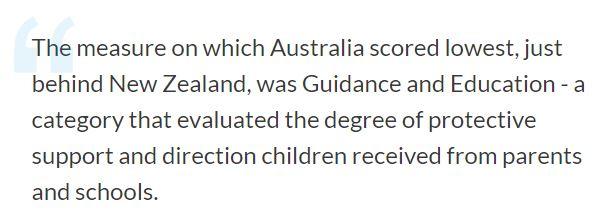Cyber Safety

2020 World Child Online Safety Index: How does Australia rank?
A leading think-tank has ranked online safety for children across the globe, showing both welcome strengths and worrying weaknesses in Australia's national performance.
Australian children achieved an overall second-place ranking in the DQ Institute’s inaugural Child Online Safety Index (COSI), based on an international survey of 145,426 kids from 30 countries around the world.
But it wasn’t all good news, with Aussie kids scoring worrying marks for cyberbullying, exposure to online risks and excessive screen-time. Our nation’s ranking on Guidance and Education was lowest of all.
Australia placed third, after the US and the UK, on the Social Infrastructure measure, which is based on government policies and industry practices designed to keep kids safe online.
We ranked fifth for Connectivity - defined as “children’s meaningful access to the internet” - just behind New Zealand and the US.
Children’s ability to use technology safely and responsibly was also measured, and Australia came in 6th here. India took first place in this category.
We received much lower national scores for Cyber Risks - cyberbullying, risky content and risky contact with strangers - and Disciplined Digital Use, a category that assessed excessive screen time, high social media and gaming use, and mobile phone ownership.
On both of these measures, Australian children ranked 11th.
On average, 8- to 19-year-olds in Australia are spending over a day and a half (38 hours) per week looking at screens including computers, mobile phones and televisions – compared to first-ranked Japan, where kids spend just over 24 hours on their devices.
The measure on which Australia scored lowest, just behind New Zealand, was Guidance and Education - a category that evaluated the degree of protective support and direction children received from parents and schools.
The research found almost two-thirds (60%) of Australian children aged 8-12 are exposed to at least one form of cyber risk. That included 44% who have experienced cyberbullying and 12% who are at risk of gaming disorder. More than a third of 13- to 19-year-olds have experienced unwelcome sexual contact.
The measure on which Australia scored lowest, just behind New Zealand, was Guidance and Education - a category that evaluated the degree of protective support and direction children received from parents and schools.
Dr Yuhyun Park, founder of the DQ Institute, said the survey’s overall findings showed children at risk in the face of a “a global cyber-pandemic.”
“What we are witnessing is a global cyber-pandemic with high exposure to multiple forms of online risks.
“No nation, no matter where they are ranked, has cause for complacency,” he said.
“What we are witnessing is a global cyber-pandemic with high exposure to multiple forms of online risks threatening children across all the countries we surveyed.
“Everyone in society has a role to play in turning this around. Businesses, from social media and telecommunications to hardware and gaming companies, should make child online safety a core business principle.”
Reference: https://www.familyzone.com/anz/families/blog/2020-world-child-online-safety-index-australian-ranking




